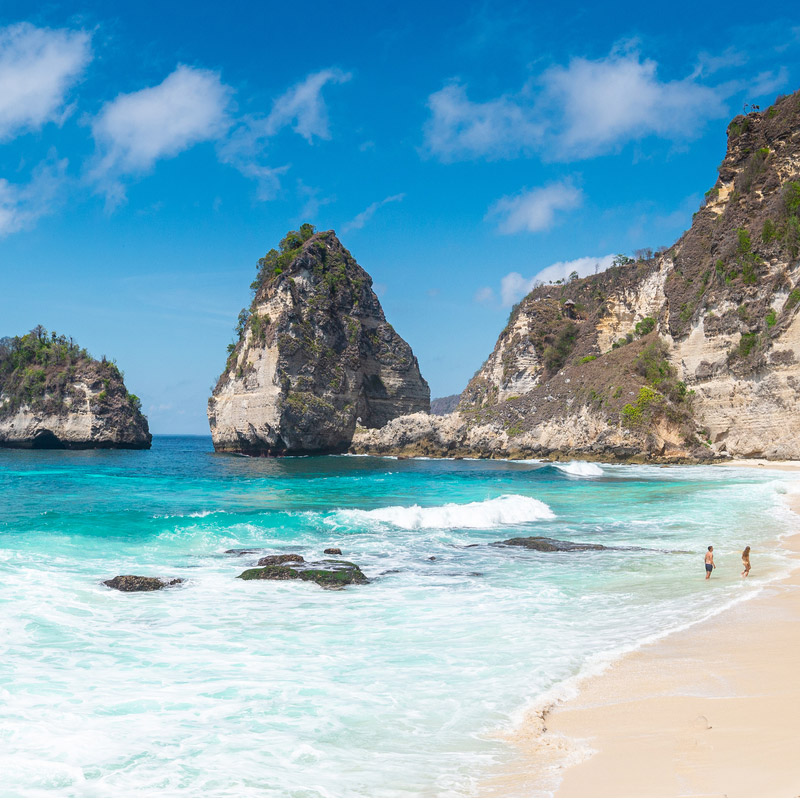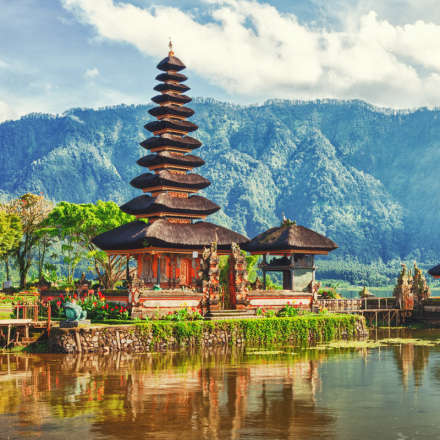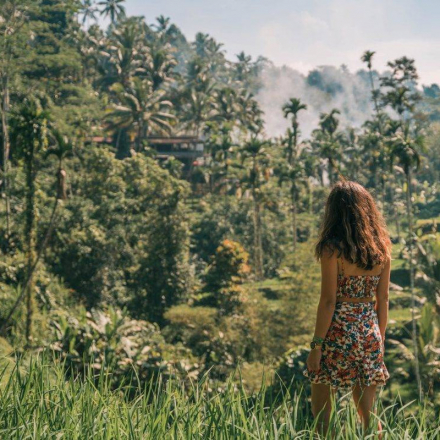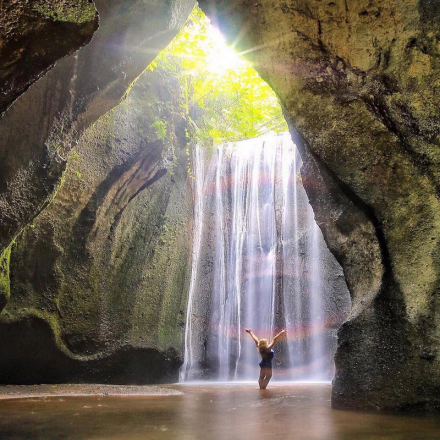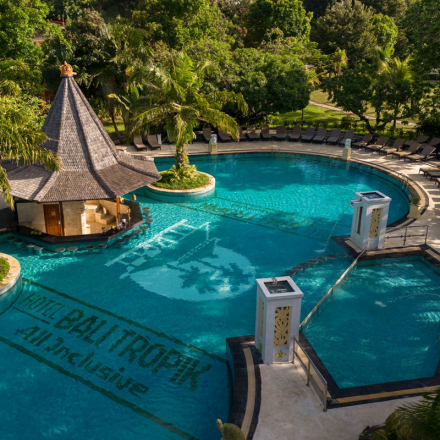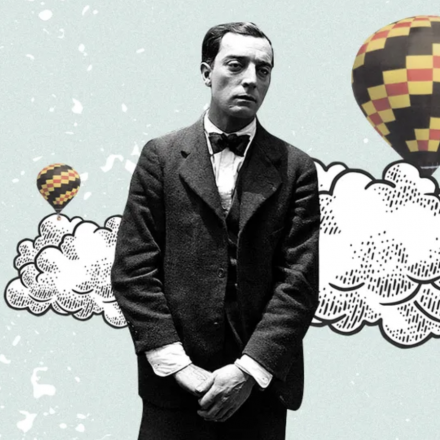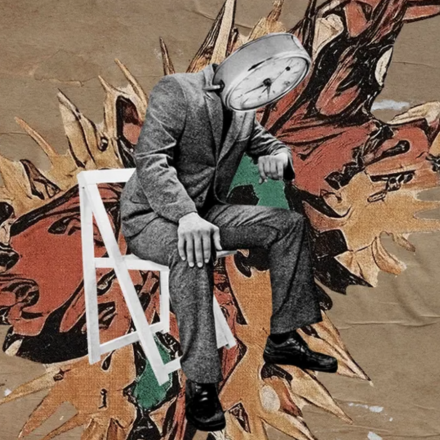Gods and demons, sacred temples and lively parties, jungles and waves—each side of Bali has its opposite. You’ll only find out which side resonates with you once you set foot on the island.
Getting to Bali is long and tedious, but it’s absolutely worth it. The best way to fly is with Qatar or Singapore Airlines: if your layover is long (more than five hours), take the opportunity to explore Doha or Singapore with a guided tour—sign up at special desks in the airport.
However, avoid flying with China Southern through Wuhan-Guangzhou at all costs—the Sky Team lounge and priority boarding with a gold card aren’t worth it. When buying tickets, you won’t be warned that there will be two layovers: in Wuhan, you’ll be forced off the plane, go through the hassle of customs, and then return to the same plane to Guangzhou.
Your first impression of Bali will be the airport, which looks more like an ancient temple. And of course, the taxi drivers, all competing to offer their services.
Uber operates on the island, but it’s banned in many areas due to its low prices, which “prevent locals from earning a living.” So, you might save some money on a one-way trip (drop-off is thankfully allowed), but for the return, you’ll need to call a transfer service and pay a hefty sum—about 1,500–2,000 in local currency.
After settling into your hotel, rent a moped—it’s the ideal way to get around the island. Alternatively, you can use a transfer service like Balicab (starting at $40 for 10 hours) or apps like UberMoto or Go Jek: this local app is a lifesaver in many ways (for instance, you can call not only a motorbike taxi but also a masseuse, hairdresser, or food delivery).
Most tourists flock to the five-star hotels scattered around Nusa Dua, at the southernmost tip of the Bukit Peninsula. Here, you’ll find paradise-like sandy beaches, Bali’s signature turquoise waters, and no waves at the shore—perfect for a relaxing getaway.
One of the gems of Nusa Dua is The Mulia, Mulia Resort & Villas: with its designer rooms, luxurious suites, and spacious villas, you could spend your entire stay without leaving the complex! Six pools, the Indian Ocean as warm as fresh milk, and numerous resort activities make it tempting to stay put.
The resort also boasts five restaurants offering Japanese, Chinese, Pan-Asian, and Mediterranean cuisines, six pools, bars, and a nightclub where, upon request, you might even hear “Moscow Never Sleeps.”
If you get tired of eating and drinking, you can take a windsurfing lesson, ride an inflatable SUP board with a paddle or a canoe, practice yoga with an ocean view, or visit the spa. The spa’s “signature” treatment is highly recommended—Royal Lulur, a combination of aromatic scrub, Balinese massage, and body wrap.
If you do decide to venture outside the hotel, head to the peninsula’s main attraction—Uluwatu Temple, perched on cliffs pounded by crashing waves. Despite the large number of unruly tourists, you can still feel the sacred power of this revered site. It’s best to visit in the afternoon to enjoy the breathtaking colors of the sunset—Bali’s sunsets are simply stunning.
Another interesting spot on the peninsula is Garuda Wisnu Kencana Park. Here, in the limestone quarries, a massive statue is under construction, already visible from across the island. It’s promised to be the tallest statue of Vishnu in the world, standing at a whopping 150 meters!
In the meantime, you can admire the statue’s details up close, like the giant heads of the deities, and know that your entrance fee goes toward the construction. If you enjoy the quarries, don’t miss Pandawa Beach with its white sands and otherworldly views.
A must-do for any traveler arriving in Bali is spending a couple of days in Ubud. This small town is surrounded by jungles and rice fields, with all the hotels nestled along the banks of a rushing river. While in Ubud, be sure to try Kopi Luwak—the world’s most expensive coffee (about $100 for 100 grams), made with the help of small civet cats. Have lunch in the rice fields (Sari Organic farm restaurant offers raw “borsch” made from beets, carrots, and orange juice, incredible hummus, and locally brewed cider), and besides the obligatory visits to the royal palace and art market (where Julia Roberts’ character strolled in “Eat Pray Love”), check out the museum of artist Antonio Blanco, a kind of “Dalí of Bali.”
Ubud is also a great base for exploring the island’s highland natural wonders. The most interesting are the Tibumana Waterfall and the “Lost Canyon,” where you’re unlikely to encounter other tourists, as well as Lake Beratan, surrounded by mountains and home to the eponymous temple, and Mount Batur, where it’s customary to greet the sunrise after a two-hour nighttime hike.
For the perfect nightlife, head to the expat and hipster district of Canggu. Kuta (frequented by drunken youth) and Seminyak (frequented by rich drunken youth) are no longer among Bali’s top party spots. In Canggu, it feels like you’re in a trendy part of town where everyone is beautiful, fashionable, and sun-kissed.
On every corner of Batu Bolong, the main street of the district, there’s a restaurant or concept store. Here, you’ll find French cuisine, vegetarian dishes, smoothie bowls, sushi, and local wine (grapes are imported from Australia, but the wine is made in Bali).
Special mention goes to the biker’s mecca, Deus Ex Machina, where custom bikes and surfboards are sold, cocktails are made, and acoustic concerts are held, and the beach bar Old Man's, where the best dancing happens on Wednesdays and Saturdays.

